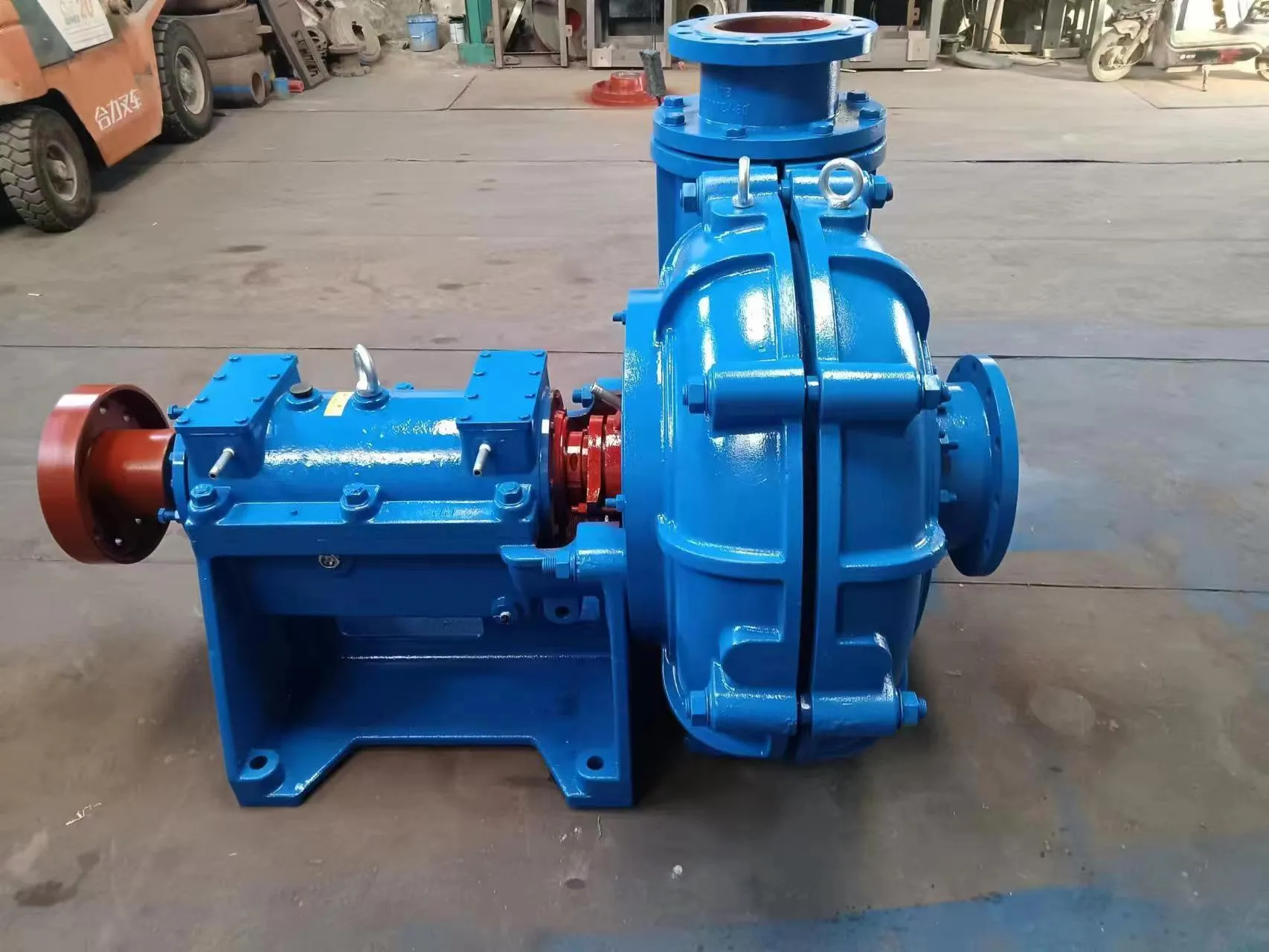Yoruba
- Afrikaans
- Albanian
- Amharic
- Arabic
- Armenian
- Azerbaijani
- Basque
- Belarusian
- Bengali
- Bosnian
- Bulgarian
- Catalan
- Cebuano
- Corsican
- Croatian
- Czech
- Danish
- Dutch
- English
- Esperanto
- Estonian
- Finnish
- French
- Frisian
- Galician
- Georgian
- German
- Greek
- Gujarati
- Haitian Creole
- hausa
- hawaiian
- Hebrew
- Hindi
- Miao
- Hungarian
- Icelandic
- igbo
- Indonesian
- irish
- Italian
- Japanese
- Javanese
- Kannada
- kazakh
- Khmer
- Rwandese
- Korean
- Kurdish
- Kyrgyz
- Lao
- Latin
- Latvian
- Lithuanian
- Luxembourgish
- Macedonian
- Malgashi
- Malay
- Malayalam
- Maltese
- Maori
- Marathi
- Mongolian
- Myanmar
- Nepali
- Norwegian
- Norwegian
- Occitan
- Pashto
- Persian
- Polish
- Portuguese
- Punjabi
- Romanian
- Russian
- Samoan
- Scottish Gaelic
- Serbian
- Sesotho
- Shona
- Sindhi
- Sinhala
- Slovak
- Slovenian
- Somali
- Spanish
- Sundanese
- Swahili
- Swedish
- Tagalog
- Tajik
- Tamil
- Tatar
- Telugu
- Thai
- Turkish
- Turkmen
- Ukrainian
- Urdu
- Uighur
- Uzbek
- Vietnamese
- Welsh
- Bantu
- Yiddish
- Yoruba
- Zulu
Telephone: +86 13120555503
Email: frank@cypump.com
Oct . 22, 2024 14:18 Back to list
Enhancing Efficiency with Advanced Ejector Systems in Industrial Applications
Understanding Ejector Systems Mechanisms and Applications
Ejector systems, often overlooked in discussions about advanced engineering and manufacturing processes, serve as vital components in various applications, spanning industries such as aerospace, automotive, and chemical processing. These systems leverage the principles of fluid dynamics to achieve the efficient transfer or removal of materials, making them indispensable tools in contemporary technology.
What is an Ejector System?
At its core, an ejector system is a device that uses high-pressure fluid to create a vacuum. This vacuum can be employed to move or eject other materials or fluids from a designated area. The fundamental design of an ejector includes a nozzle, a mixing chamber, and a diffuser. The process begins when a high-pressure fluid (often gas or liquid) is forced through the nozzle, resulting in a high-velocity jet. As this jet enters the mixing chamber, it induces a drop in pressure, creating a vacuum that draws in the surrounding fluid or material. The combined flow then moves through the diffuser, where the velocity decreases, and pressure increases, facilitating the ejection of the contents.
Applications of Ejector Systems
Ejector systems boast a diverse array of applications across multiple sectors
1. Chemical Processes In the chemical industry, ejector systems are frequently used for vacuum distillation and evaporation processes. They help in removing volatile substances from reaction mixtures, enhancing separation efficiency and product purity. The absence of moving parts not only reduces maintenance needs but also eliminates contamination risks.
2. Aerospace In aerospace engineering, ejector systems play a crucial role in propulsion systems, particularly in the design of flight-control actuators, where precise control of vehicle surfaces is necessary. They also serve in thermal management systems, where they aid in cooling by removing heat-laden air or gases effectively.
ejector system

3. Automotive The automotive sector benefits from ejector systems in exhaust systems and fuel delivery mechanisms, where they help improve engine performance by ensuring optimal airflow and fuel atomization. This leads not only to better fuel efficiency but also reduced emissions, aligning with industry trends towards sustainability.
4. Environmental Applications Ejector systems are employed in air pollution control, particularly in devices designed to capture and remove particulates and volatile organic compounds from industrial exhaust streams. Their effectiveness in creating vacuums makes them suitable for processes that need to manage waste without additional energy consumption.
Advantages of Ejector Systems
One of the standout advantages of ejector systems is their simplicity and reliability. With no moving parts, they require minimal maintenance and reduce the likelihood of mechanical failure. They can also operate in various conditions, handling corrosive or abrasive materials that might damage traditional pumping mechanisms. Furthermore, they are energy-efficient, often using less power than conventional vacuum pumps, contributing to their appeal in modern industrial applications.
Challenges and Future Prospects
Despite their many advantages, ejector systems do face challenges such as efficiency limitations at high performance levels and noise generation during operation. Researchers are continuously exploring ways to enhance their design, aiming to improve performance while mitigating these drawbacks. The integration of smart technologies and materials into ejector systems offers an exciting frontier, promising advancements that can lead to even broader applications and greater efficiencies.
In conclusion, ejector systems are indispensable components in various sectors, providing effective solutions for fluid and material handling. As industries continue to evolve, the significance and application of ejector systems are likely to grow, paving the way for innovation and efficiency in engineering and manufacturing processes. Their role in promoting sustainability and performance underscores the importance of investing in research and development to harness their full potential.
-
Heavy-Duty Mining Sludge Pumps - Wear-Resistant Slurry Handling
NewsAug.02,2025
-
Horizontal Split Case Pump with GPT-4 Turbo | High Efficiency
NewsAug.01,2025
-
ISG Series Pipeline Pump - Chi Yuan Pumps | High Efficiency, Durable Design
NewsAug.01,2025
-
Advanced Flue Gas Desulfurization Pump with GPT-4 Turbo | Durable & Efficient
NewsJul.31,2025
-
ISG Series Vertical Pipeline Pump - Chi Yuan Pumps | Advanced Hydraulic Design&Durable Construction
NewsJul.31,2025
-
ISG Series Vertical Pipeline Pump - Chi Yuan Pumps | Energy Efficient & Low Noise
NewsJul.31,2025










